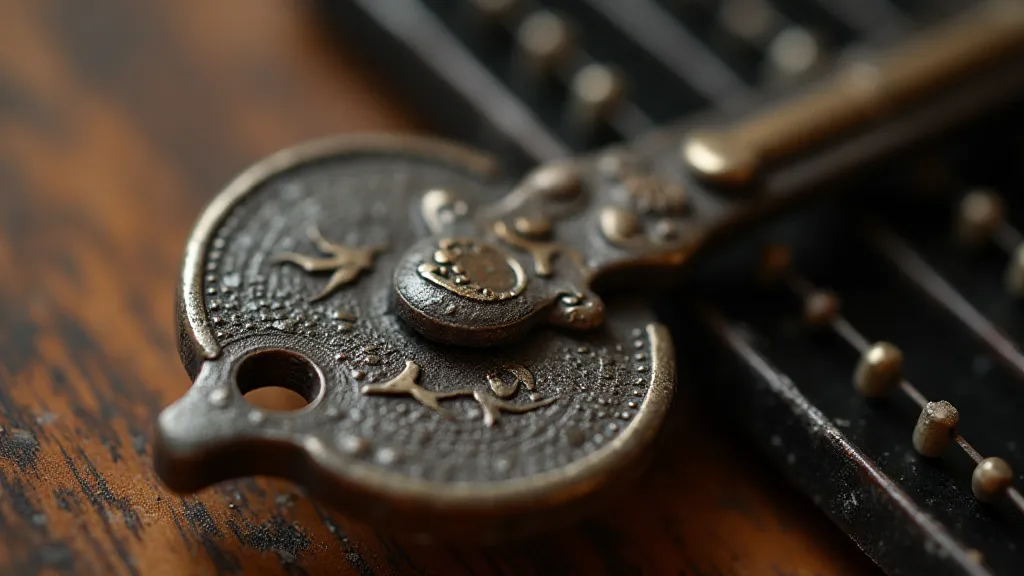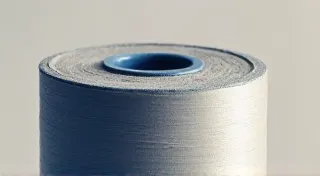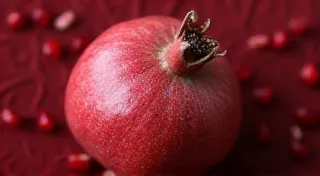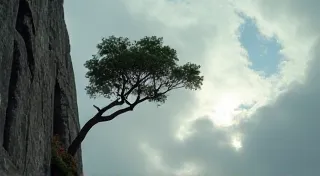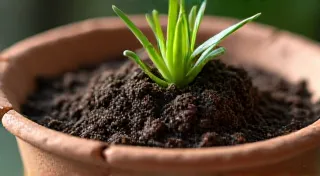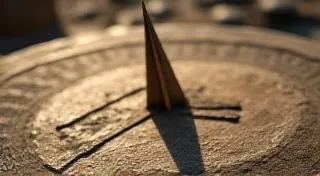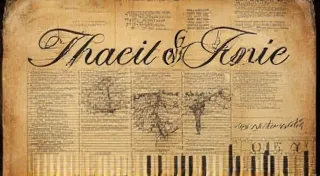Fractured Reflections: The Imperfect Beauty of Heirloom Bean Pods
There's a peculiar resonance between the worn, rippled surface of an antique accordion and the contours of an heirloom bean pod. Both possess a history etched into their form, a narrative of time, craftsmanship, and a certain defiance of standardization. My grandfather, a button accordion player, filled our childhood with melodies coaxed from a battered instrument. He’s gone now, but I still hear the echoes of his music, a bittersweet harmony that reminds me of the beauty found in things that are imperfect, unique, and undeniably real. That same appreciation extends to the garden, particularly when I’m harvesting my heirloom bean crop.
For years, I, like many modern gardeners, chased the ‘perfect’ bean – uniform in size, flawlessly smooth, vibrantly colored – the kind you see meticulously arranged on grocery store shelves. The pursuit felt sterile, disconnected from the very essence of what gardening should be: a connection to the land, a celebration of natural variation, a tangible link to the past. Then, I discovered heirloom beans. These weren't the mass-produced commodities of the modern agricultural landscape; they were fragments of a living history, passed down through generations, each seed a tiny vessel of heritage.
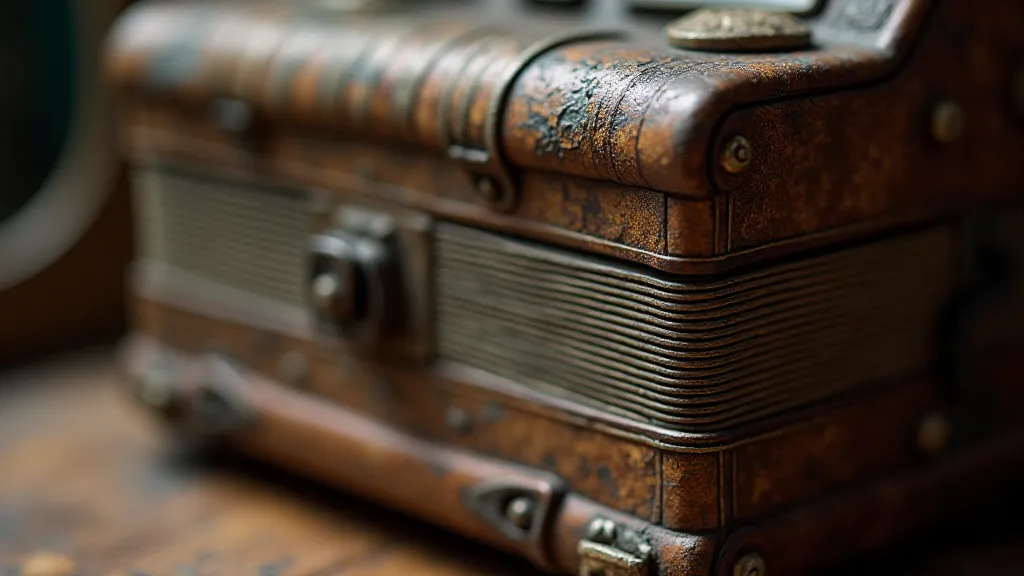
The Legacy in the Pod: Historical Context
The story of heirloom beans is inextricably linked to the history of agriculture itself. Before the rise of industrial farming and the homogenization of crops, communities carefully cultivated and preserved seeds that held cultural significance and adapted well to local conditions. These weren’t chosen for their uniformity but for their flavor, their resilience, and their connection to tradition. Many heirloom beans, like the Kentucky Wonder pole bean or the Jacob’s Cattle bean, have names that speak to their origins and the families who nurtured them. These names are more than just labels; they are testaments to a time when seeds were precious commodities, passed down through families with a reverence that is largely absent today.
The shift towards standardized, high-yield varieties in the 20th century, driven by the desire for efficiency and mass production, effectively sidelined many heirloom beans. The focus became about maximizing output, often at the expense of flavor, nutritional value, and genetic diversity. This drive for "perfection" resulted in a decline in the number of bean varieties cultivated, creating a vulnerability to disease and environmental changes. The quiet resilience of heirloom beans lies in their genetic diversity - a defense against the very threats that standardized crops face.
Embracing the Imperfection: A Gardener’s Revelation
The moment my perspective shifted was the day I held a pod of Jacob’s Cattle beans in my hand. Unlike the perfectly symmetrical pods I was accustomed to, this one was mottled, with streaks of crimson and cream swirling in a captivating pattern. It was a map of genetics, a unique fingerprint of nature. It wasn’t "perfect" in the conventional sense; it was wonderfully, profoundly beautiful.
Suddenly, I saw that the slight deformities, the uneven coloring, the occasional crease – these weren't flaws; they were stories. Each imperfection spoke of a plant’s struggle against the elements, its resilience in the face of adversity, and the unique genetic heritage it carried. It was a visible reminder that true beauty isn't about flawless symmetry; it’s about character, history, and the mark of time.
This realization extended beyond the aesthetics of the bean itself. It permeated my approach to gardening. I stopped striving for the "perfect" row, the "perfect" pod. I embraced the natural chaos, the unexpected growth patterns, the slightly misshapen vegetables that emerged from my garden. It was liberating.
The Craftsmanship of a Seed: Echoes of the Accordion Maker
There’s a parallel to be drawn between the artistry of crafting an accordion and the quiet dedication of a seed saver. Both involve an understanding of materials, a respect for tradition, and a willingness to embrace imperfections. An accordion maker painstakingly shapes and assembles hundreds of individual components, each contributing to the instrument’s unique voice. The beauty of an antique accordion isn’t just in its sound; it’s in the visible signs of the maker’s hand – the slight variations in the bellows, the subtle imperfections in the keys, the patina of age on the metal. It tells a story of dedication, skill, and a connection to a tradition that spans generations.
Saving heirloom bean seeds is a similar act of preservation. It requires careful observation, a knowledge of plant genetics, and a deep respect for the history embedded within each seed. The seed saver, like the accordion maker, isn't striving for perfection; they're preserving a heritage, a legacy of flavors and traditions that would otherwise be lost. There’s a certain quiet satisfaction in knowing that you’ve played a small part in keeping these varieties alive, ensuring that they continue to grace gardens and tables for generations to come.
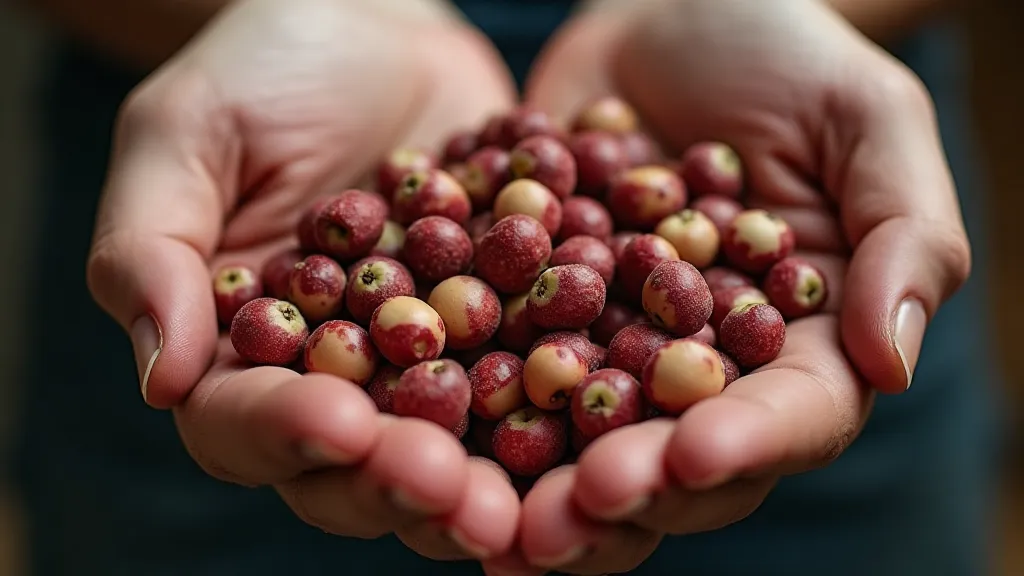
Restoration and Preservation: A Gardener’s Role
While you don't restore heirloom beans in the same way you might restore an accordion, the act of preserving and propagating them is a form of horticultural restoration. It involves selecting the most vigorous and true-to-type plants, carefully harvesting and storing the seeds, and sharing them with other gardeners. It’s a commitment to safeguarding genetic diversity and ensuring that these varieties continue to thrive.
Collecting heirloom bean seeds is a surprisingly rewarding experience. It’s an opportunity to connect with the past, to learn about the history of agriculture, and to contribute to the preservation of these invaluable resources. There's a sense of quiet pride in knowing that you’ve played a small part in ensuring that these varieties continue to grace gardens and tables for generations to come. And like the subtle hum of an antique accordion, the flavor of these beans, so vibrant and complex, is a constant reminder of the beauty that can be found in imperfection.
The next time you’re in your garden, take a moment to appreciate the unique character of your heirloom bean pods. Celebrate the quirks, the imperfections, the stories they tell. Embrace the beauty of the imperfect, and let it inspire you to cultivate a garden that is as rich in history as it is in flavor. It’s a legacy worth preserving, a connection to the past that nourishes both body and soul.
